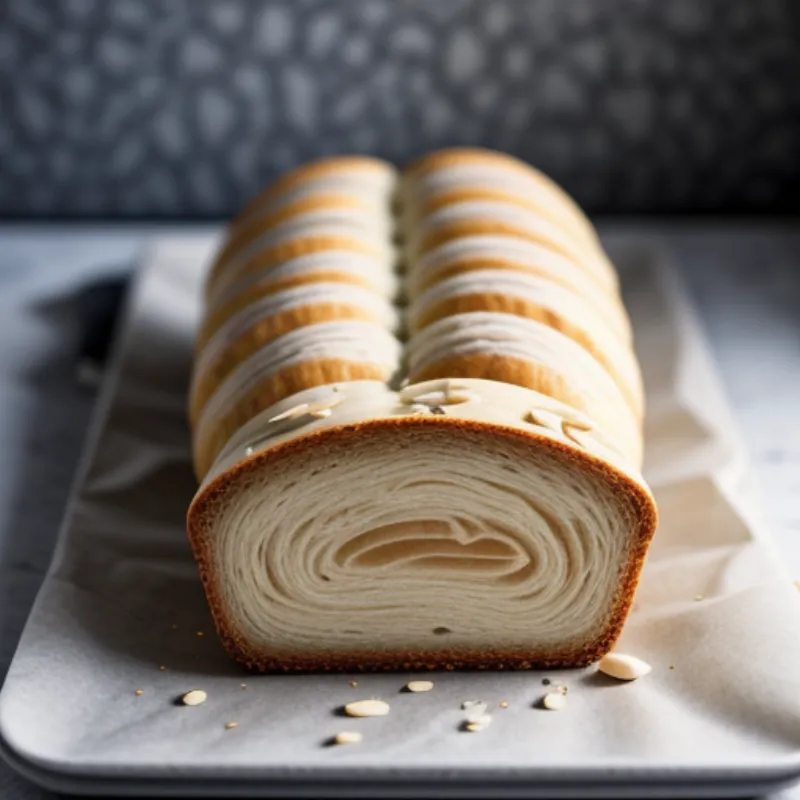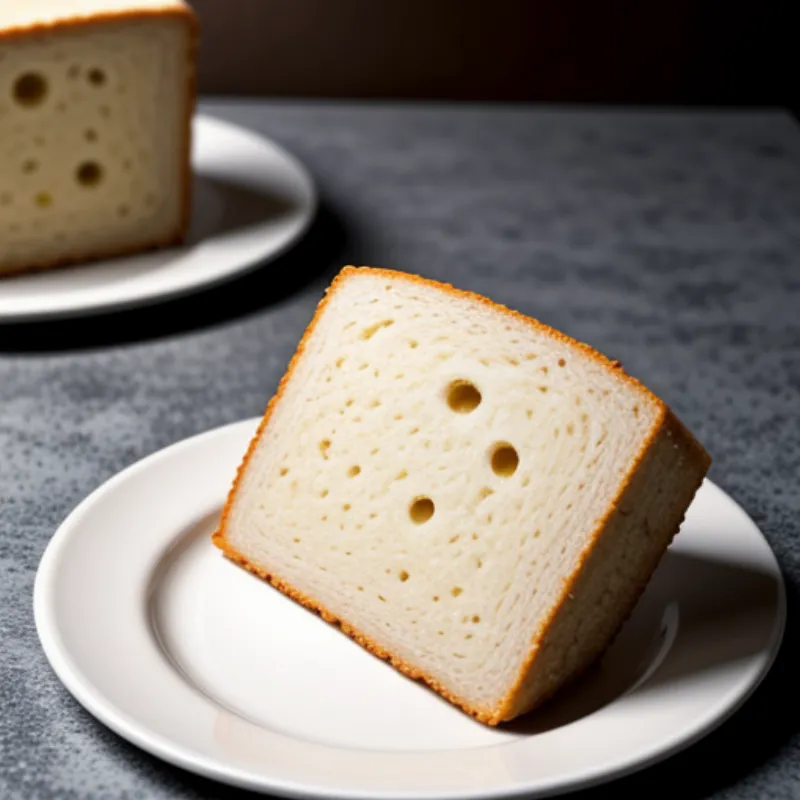Vasilopita, the name alone evokes a sense of warmth and celebration. This traditional Greek sweet bread, flavored with orange and often adorned with almonds, isn’t just a delight to the palate, it’s a symbol of hope and good fortune for the coming year.
Baking Up Auspicious Beginnings: A Taste of Greek Tradition
In Greek households around the world, the aroma of freshly baked Vasilopita wafting from the oven signifies the arrival of New Year’s Day. As families gather, anticipation hangs in the air, thicker than the scent of orange zest, for the cutting of the Vasilopita is a ritual steeped in tradition. A hidden coin, carefully placed within the dough before baking, promises luck and prosperity to the fortunate soul who receives it in their slice.
Ready to bring a taste of Greece and a sprinkle of good fortune to your New Year’s celebration? Let’s bake!
Ingredients:
- 4 teaspoons active dry yeast
- 1 cup warm milk (105-115 degrees Fahrenheit)
- 1/2 cup granulated sugar, plus 1 teaspoon
- 6 large eggs, at room temperature
- 1/2 cup unsalted butter, melted and cooled
- 1 teaspoon vanilla extract
- Zest of 1 orange
- 6-7 cups all-purpose flour, plus more for dusting
- 1/4 teaspoon salt
- 1 egg yolk, beaten with 1 tablespoon water (for egg wash)
- Sliced almonds for decorating (optional)
Equipment:
- Large mixing bowl
- Plastic wrap
- Whisk
- Measuring cups and spoons
- Rubber spatula
- 9×13 inch baking pan
- Small bowl
- Pastry brush
 Vasilopita Dough
Vasilopita Dough
Step-by-Step Instructions:
1. Activate the Yeast:
In the large mixing bowl, combine the warm milk, 1 teaspoon sugar, and yeast. Gently whisk together and let stand for 5-10 minutes, or until the yeast is foamy.
2. Combine the Wet Ingredients:
In a separate bowl, whisk together the eggs, remaining sugar, melted butter, vanilla extract, and orange zest until well combined.
3. Form the Dough:
Gradually add the wet ingredients to the yeast mixture, whisking until well incorporated. Add 3 cups of flour and the salt to the bowl and mix with a rubber spatula until a shaggy dough forms.
4. Knead the Dough:
Turn the dough out onto a lightly floured surface and knead for 8-10 minutes, or until the dough becomes smooth and elastic. Add additional flour, 1/4 cup at a time, if the dough feels too sticky.
5. Let the Dough Rise:
Lightly grease the large mixing bowl. Place the dough in the bowl, turning to coat all sides. Cover the bowl with plastic wrap and let rise in a warm place for 1-1.5 hours, or until doubled in size.
 Vasilopita Braid
Vasilopita Braid
6. Shape the Vasilopita:
Punch down the dough to release air bubbles. You can choose to shape the dough in a variety of ways:
- Traditional Round Loaf: Place the dough in a greased 9×13 inch baking pan.
- Braided Loaf: Divide the dough into three equal parts and roll each into a long rope. Braid the ropes together and place in a greased 9×13 inch baking pan.
7. The Lucky Coin:
Important Tradition: Before baking, wrap a clean coin in aluminum foil and insert it into the bottom of the loaf.
8. Second Rise and Preheat:
Cover the loaf loosely with plastic wrap and let rise for another 30 minutes. Meanwhile, preheat your oven to 350 degrees Fahrenheit.
9. The Golden Glaze:
Brush the top of the loaf with the egg wash and decorate with sliced almonds, if desired.
10. Bake:
Bake for 35-40 minutes, or until the loaf is golden brown and sounds hollow when tapped on the bottom.
11. Cool and Enjoy:
Let the Vasilopita cool in the pan for 10-15 minutes before slicing and serving.
Tips for Baking Success:
- Yeast Check: Make sure your yeast is active! The foamy stage in step one is crucial for a well-risen loaf.
- Milk Temperature: Warm, not hot, milk is key for activating the yeast. Too hot, and you’ll kill the yeast.
- Don’t Over-Knead: Kneading develops the gluten, but overdoing it can result in a tough loaf.
- Coin Safety: Always wrap the coin in foil to prevent it from coming into direct contact with the dough.
FAQs about Vasilopita:
- What does Vasilopita mean? Vasilopita translates to “St. Basil’s bread,” named in honor of Saint Basil the Great, a Greek Orthodox saint celebrated on New Year’s Day.
- What kind of coin is used? A variety of coins can be used, but a Greek drachma or a special coin with the year engraved on it is often preferred.
- How is the Vasilopita cut? Traditionally, the Vasilopita is cut into specific pieces representing family members, the house, and a piece for St. Basil. The person who receives the coin in their slice is said to have good luck for the entire year!
 Vasilopita Slice
Vasilopita Slice
This New Year’s Day, gather your loved ones and create new memories while indulging in the delicious tradition of Vasilopita. Don’t forget to share your baking experience and tag us on social media! Happy baking, and Kali Chronia!
